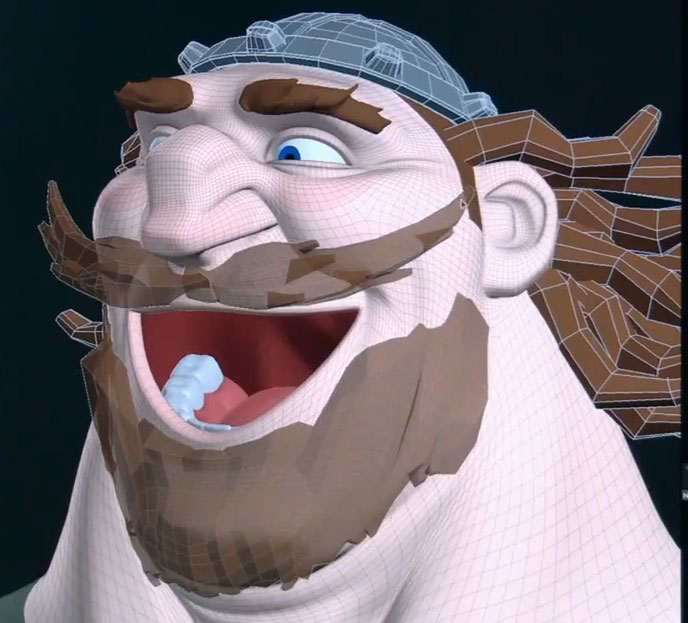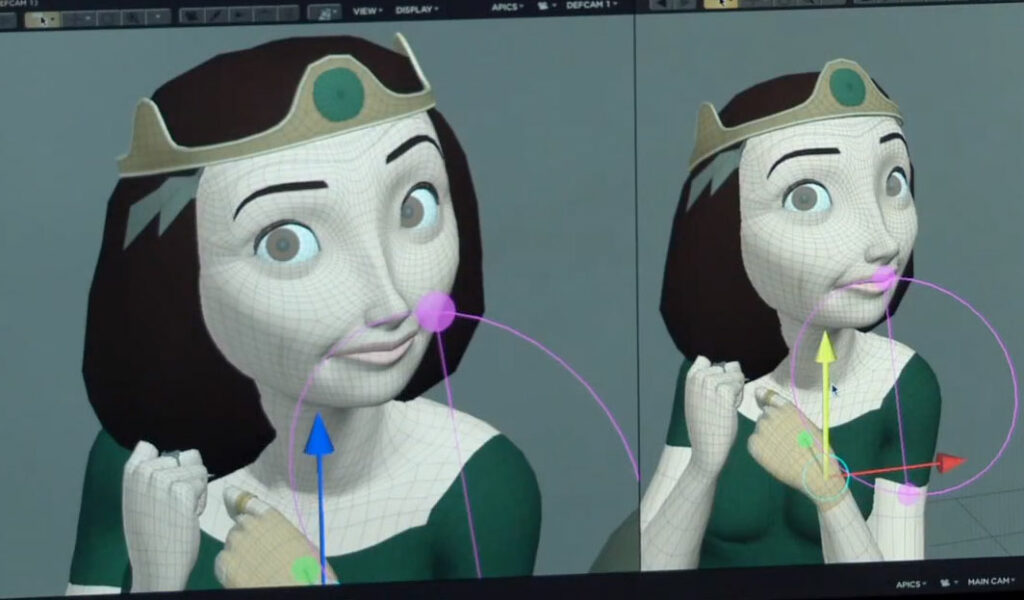With the recent departure of Glen Keane from Disney to, I am guessing, an other studio in the North of LA, I feel that we should show Disney a bit more appreciation for the amazing work they did on Tangled. Here is a repost of something I wrote last year.
In a recent article published on the CNN website about the poor reception received by Robert Zemeckis latest motion capture movie “Mars needs mom”. A blogger was quoted explaining the difference between motion capture and keyframe animation in those terms.
the style of animation featured in “Mars Needs Moms.” It’s known as motion capture or “mo cap,” a process that involves attaching sensors to actors to capture their movements. Computers transform the data into realistic-looking animation. (“Kung Fu Panda 2” and “Cars 2”, by contrast, are completely computer-generated).
What the hell is this mumbo-jumbo supposed to mean? How are the readers supposed to understand what the writer call “completely computer-generated”?
Reading this article, it became obvious to me that the general public has no idea was kind of work is going into making an animated feature and why motion capture is so different from keyframe animation.
To be fair, before I got into animation, I also had no idea about the actual process and just assumed they got done by maybe some sort of machine but certainly not an army of artists working for month or years, frame by frame.
So, what I think we need, is to give the audience more information about the animation process and put the artists forward. This is what this post is about.
A really cool and inspiring montage of Disney’s Tangled animation crew surfaced on the net a while back and disappeared quickly after to finally reappear few days ago. Here it is
[youtube]http://www.youtube.com/watch?v=jg6A6qx3-74[/youtube]
and here is an other fun video
[youtube]http://www.youtube.com/watch?v=9oWhovB02Hg[/youtube]



















